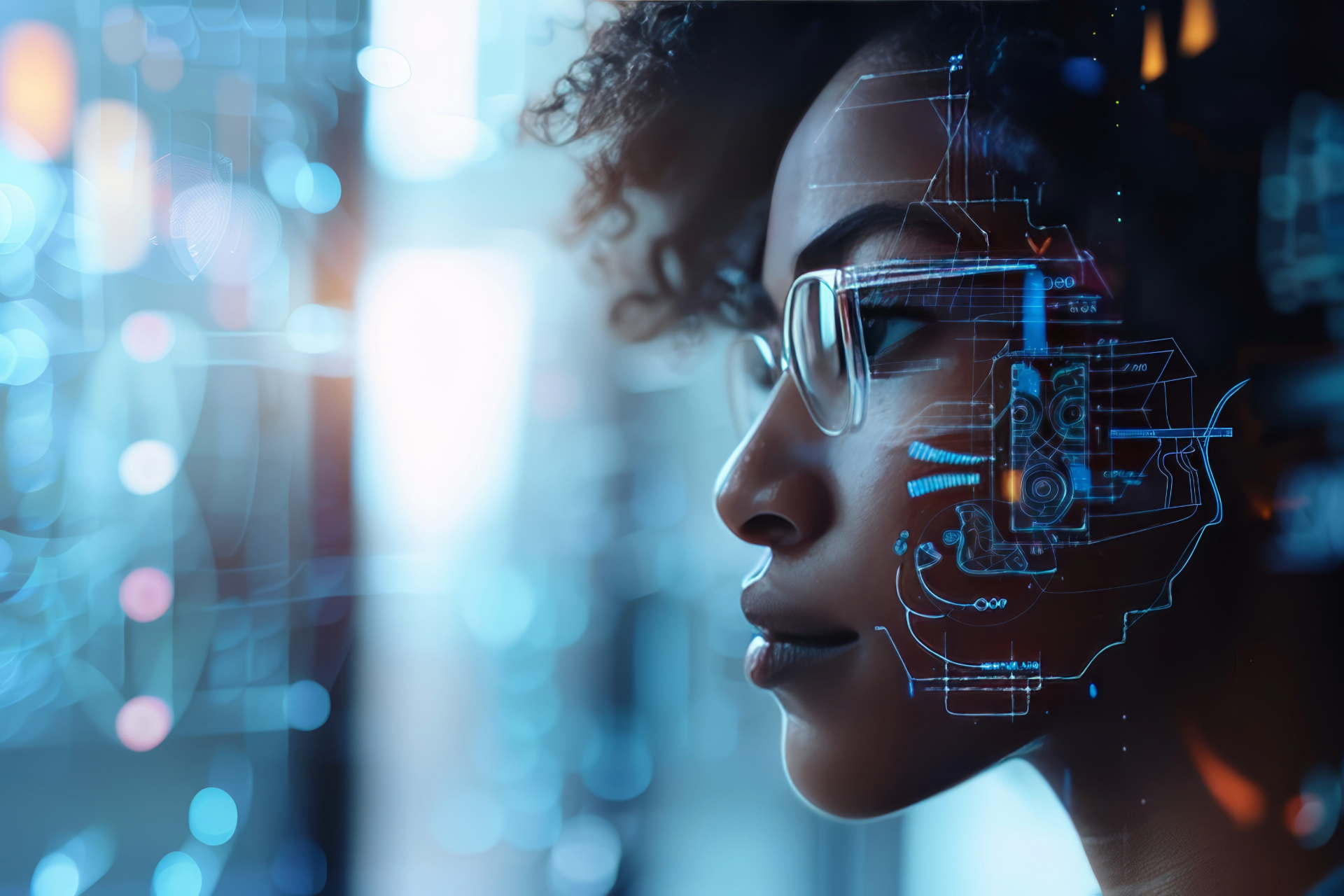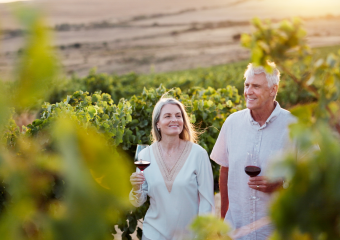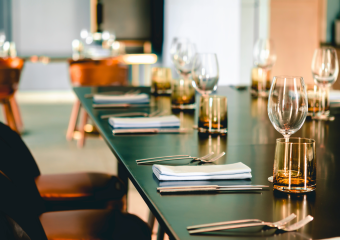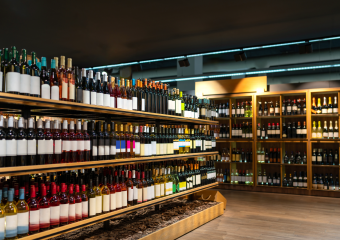From Vine to Video: How AI Is Powering the Next Generation of Wine Commerce
Artificial Intelligence (AI) is elevating the world of wine, transforming how vintners grow grapes, how merchants sell wine, and how connoisseurs savor their favorite bottles. This sophisticated fusion of tradition and technology promises to reshape wine commerce, ensuring that every sip is backed by the most advanced innovations the industry has seen.
AI Enhances Vineyard Management
The journey of every great wine begins in the vineyard, where precision and care are pivotal to grape quality. Here, AI steps in as a crucial ally. With the deployment of AI-driven analytics and monitoring systems, vintners can now predict vineyard threats such as pests or diseases much earlier. This proactive approach not only saves significant resources but also improves the overall yield quality, which is crucial in wine making.
AI technologies incorporate data from various sources, including satellite images and on-site sensors, to monitor vine health and soil conditions. This data-driven insight allows for optimized irrigation and fertilization strategies, which are tailored to the precise needs of each vine. By minimizing human error and maximizing vine growth potential, AI is helping to cultivate superior grapes.
The Role of AI in Winemaking
Once the grapes are harvested, AI’s role extends to the fermentation process and beyond. Winemakers are using AI to monitor fermentation, a critical phase where the sugar from grapes is converted into alcohol. AI systems analyze data points like temperature and sugar levels, adjusting conditions in real time to ensure the perfect fermentation balance. Thus, what used to be a highly manual and experience-based task, now rests on predictive and automated technology, resulting in consistently high-quality wine.
AI also assists in blending, where various batches of wine are combined to achieve the desired flavor profile. Machine learning algorithms predict how different blends will taste, helping winemakers make more informed decisions. This not only speeds up the development process but also enhances the complexity and appeal of the final product.
Revolutionizing Wine Sales with AI-Driven Platforms
AI’s influence stretches beyond the vineyard and cellar, revolutionizing how wine is marketed and sold. AI-powered recommendation engines are a game changer for e-commerce platforms, where they analyze consumer behavior and preferences to suggest personalized wine selections. This not only enhances the customer journey but can significantly boost sales by aligning product offerings with consumer tastes.
Moreover, AI is transforming customer interactions through intelligent chatbots on wine retail websites and apps. These bots provide instant and engaging responses to customer inquiries, from food pairing suggestions to detailed vineyard origins, enhancing the overall customer service experience.
Virtual Reality and AI in Enhancing Customer Experience
In an era where engagement can make or break a business, AI-based virtual reality (VR) experiences offer a novel way for wine lovers to explore vineyards, wineries, and tasting rooms from the comfort of their homes. This immersive technology can transport customers to the rolling hills of Tuscany or the lush landscapes of Napa Valley without ever boarding a plane. Here, AI enhances the sensory experience, tailoring tours to individual preferences and even simulating wine tastings through scent and flavor technologies.
Wrapping It Up: The Future of Wine is Here
The integration of AI into various stages of wine production, marketing, and sales is not just a trend—it’s a transformation that’s setting the foundation for the next generation of wine commerce. As technology advances, the potential for AI in this industry can only expand, promising even more exciting innovations that could redefine our wine experiences.
From vineyard management systems that ensure perfect grapes to sophisticated AI algorithms that predict consumer preferences, AI is at the heart of modern winemaking and selling strategies. This blend of age-old traditions with cutting-edge technology not only enhances efficiency and sustainability but also appeals to a growing demographic of tech-savvy wine enthusiasts, making the future of wine more exciting than ever.





